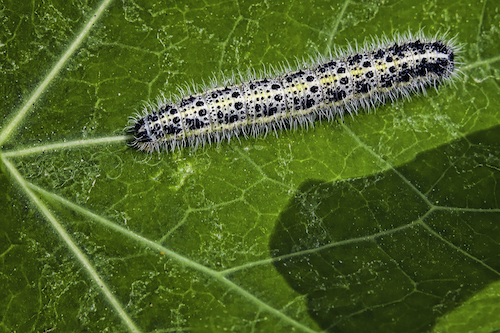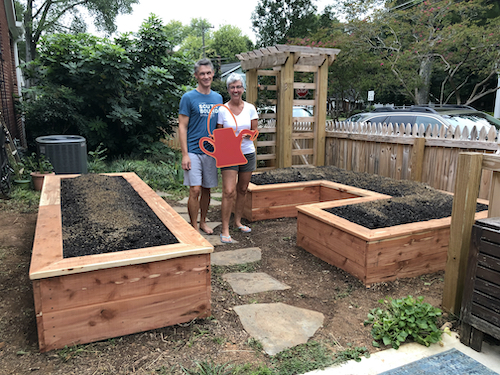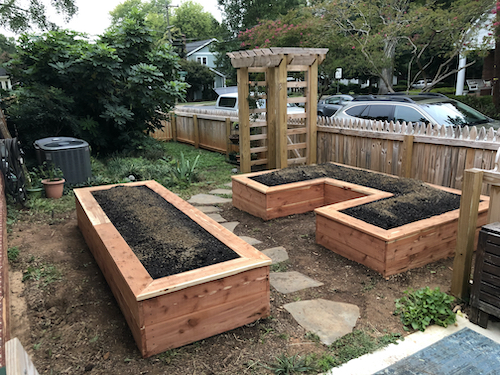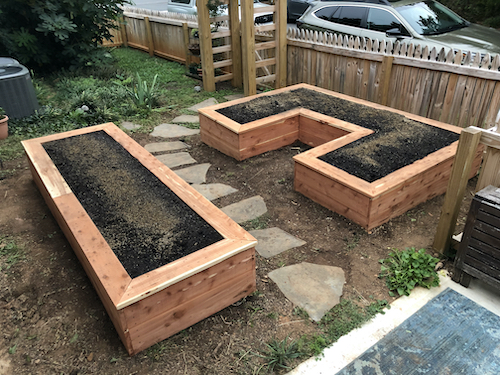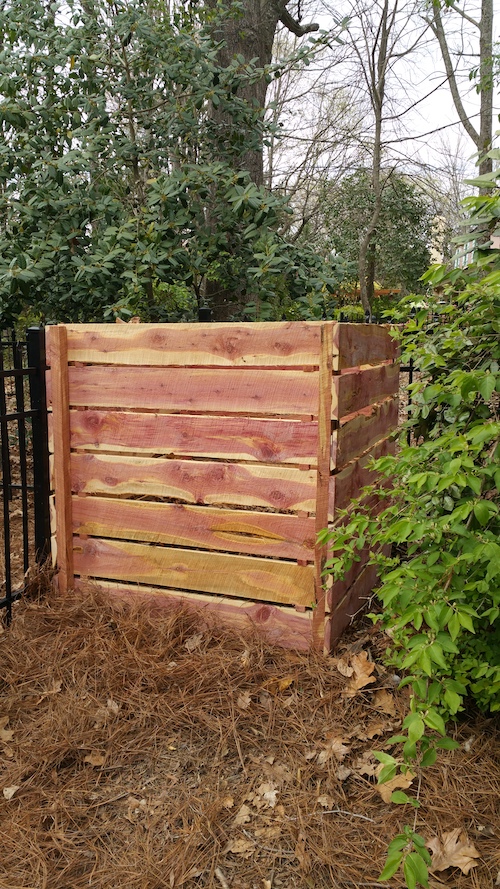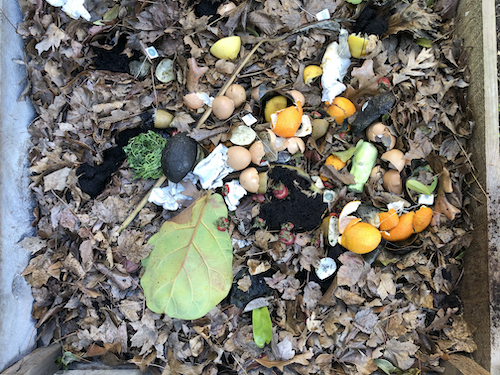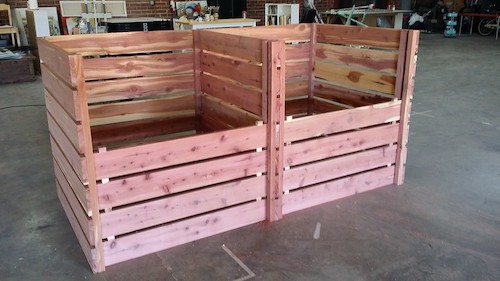Plant Pruning Fundamentals
 Wednesday, June 29, 2022 at 3:52PM
Wednesday, June 29, 2022 at 3:52PM 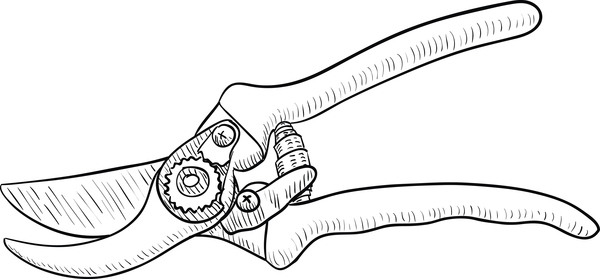
A delightfully sunny location that you can even see from the kitchen window. A premium organic soil blend that drains well. Automated drip irrigation to make sure the plants thrive while you’re away on vacation. You’ve worked hard to get everything right in your garden, and now it shows with vigorous, healthy plants - all sprawled out and reaching high for the sun.
And when your garden looks this good, it’s difficult - sometimes very difficult - to remember that snipping off perfectly healthy parts of these thriving plants will actually improve them.
But it will.
Skillful pruning increases plant vigor in several ways ; It thins out overcrowded foliage, allowing more air and sunlight to reach the entire garden. By pruning away superfluous foliage, energy is concentrated in more vigorous growth of the remaining plant stems. Careful pruning allows a grower to regulate the flowering, fruiting, and shape of her plants, and, of course, pruning off any obviously dead or diseased branches is a fast and effective way to improve a plant’s health.
But before you reach for the pruners, remember that plant pruning is an art that’s been refined over thousands of years, and many, many books have been written on the subject. Specific technique can vary with plant species - sometimes widely - and it’s always best to learn any specific pruning techniques for the plant varieties you grow. Still, these basic pruning tips do apply to all plants, and if you carefully follow them, you’re almost sure to improve the health of your organic garden.
STEP ONE
Cut off any obviously dead or dying stems or branches. Remove any discolored foliage - brown or grey instead of green, for example - and any sickly looking leaves and stems that have unusual spots or blotches.
STEP TWO
Prune away any spindly, weak-looking branches - usually found near the bottom of plants in an edible garden. As plants grow taller, these lower branches receive less sunlight. If these flimsy lower branches aren’t removed, they’ll sap the growth of the robust, new foliage, that’s in direct sunlight, near the top of the plants. Be sure to cut off these unwanted stems and branches flush with the plant’s main stem.
STEP THREE
Some plant varieties are only sturdy enough to support so many branches and limbs when the plant matures, and pruning the plant back is essential to prevent overcrowding of branches, and a loss in productivity. Cane fruits, like blackberries, are a good example of this, and should be pruned back to no more than eight canes per plant.
STEP FOUR
With all of the ailing or overcrowded stems and branches finally pruned away, you still may need to snip off portions of the remaining, healthy branches to further shape the plants and encourage new growth. This is where a little research into variety-specific plant pruning techniques will come in handy.








